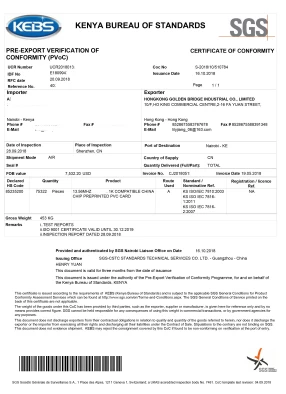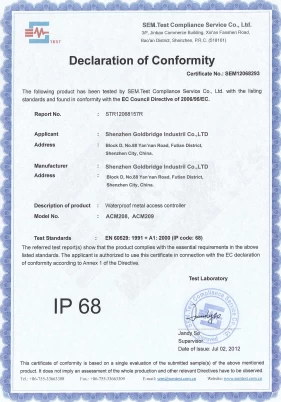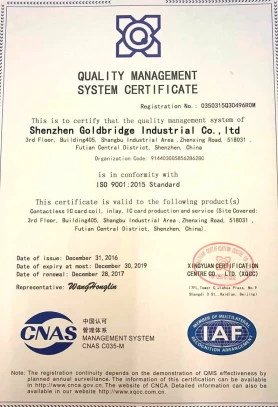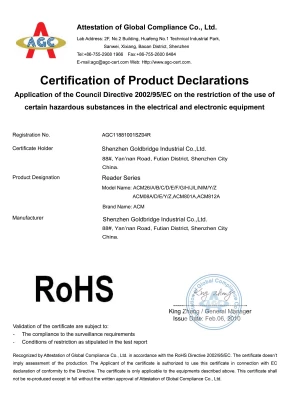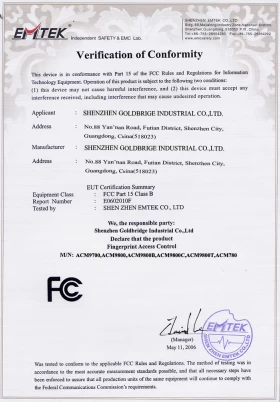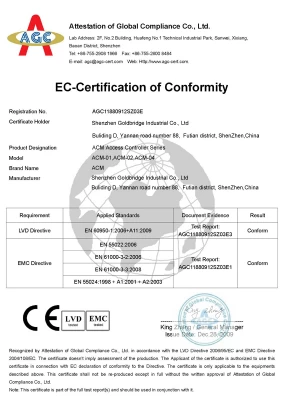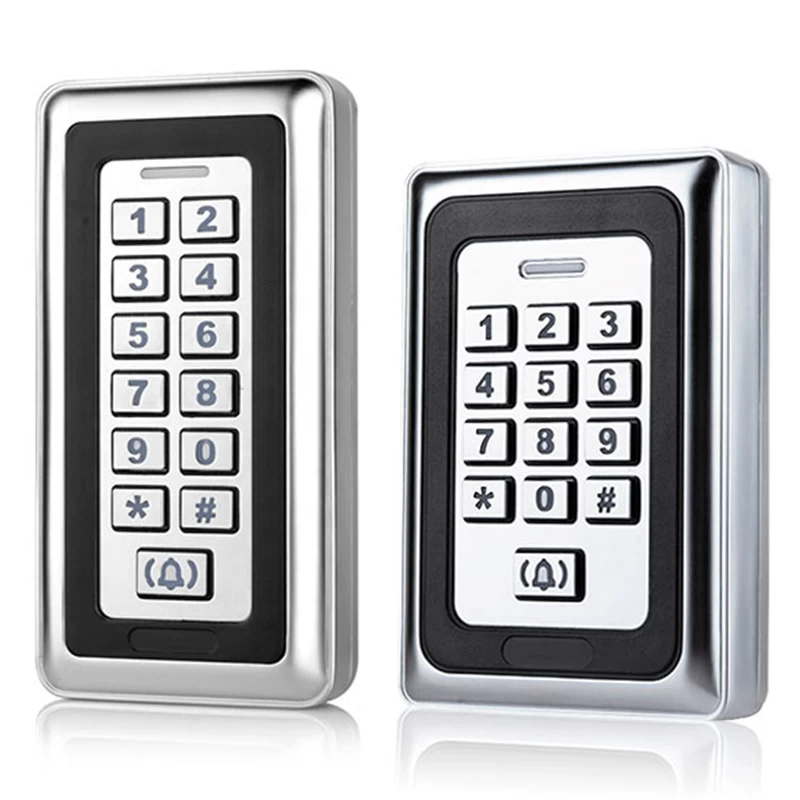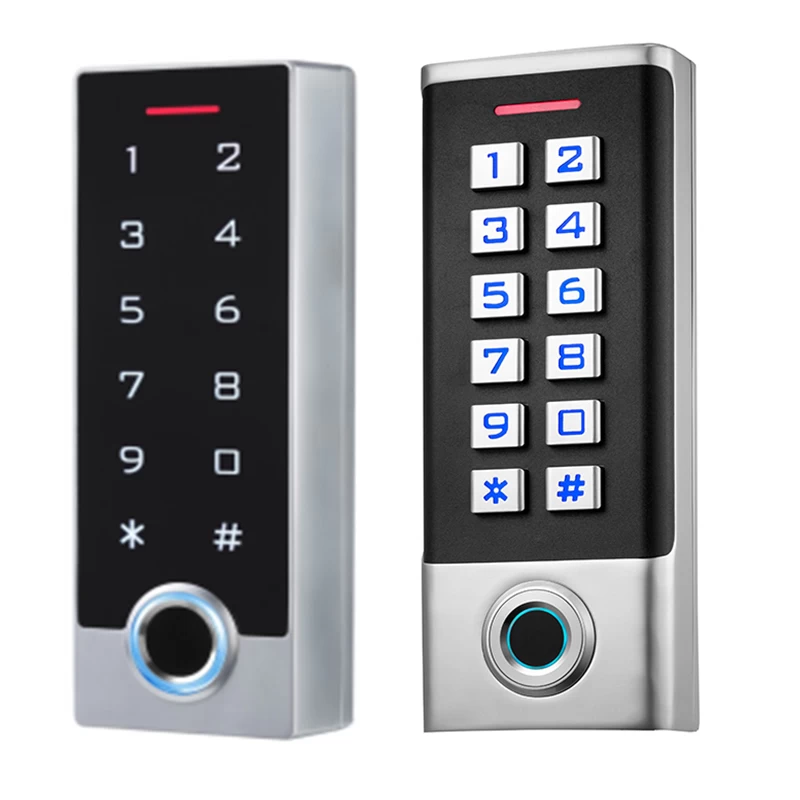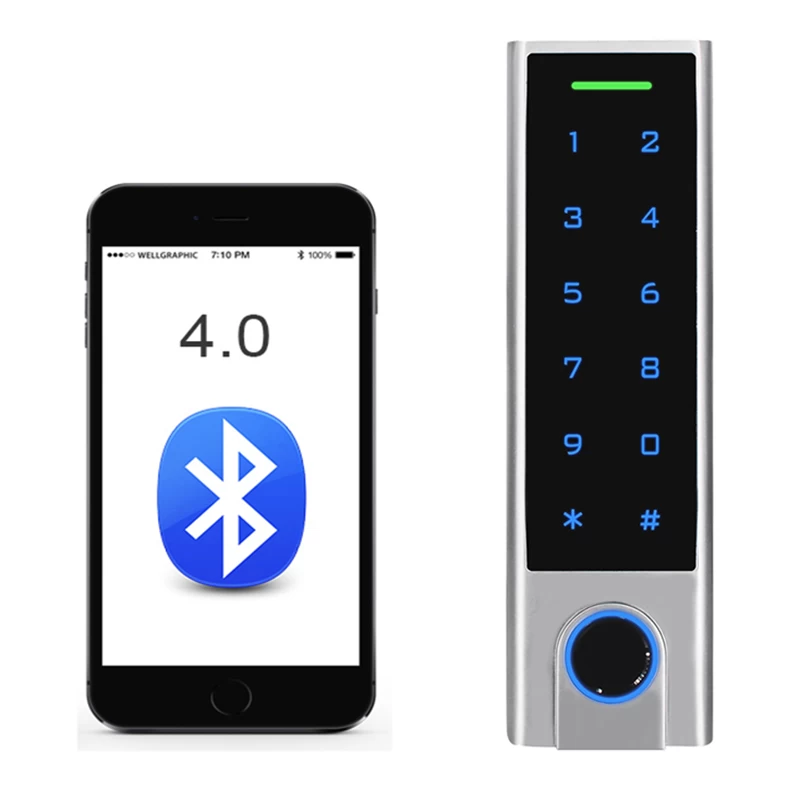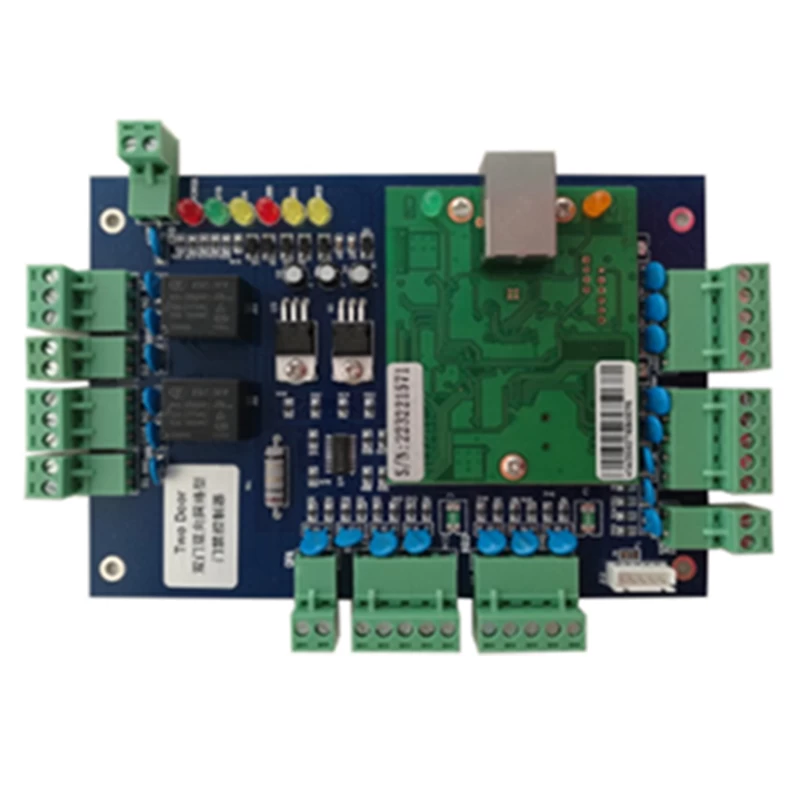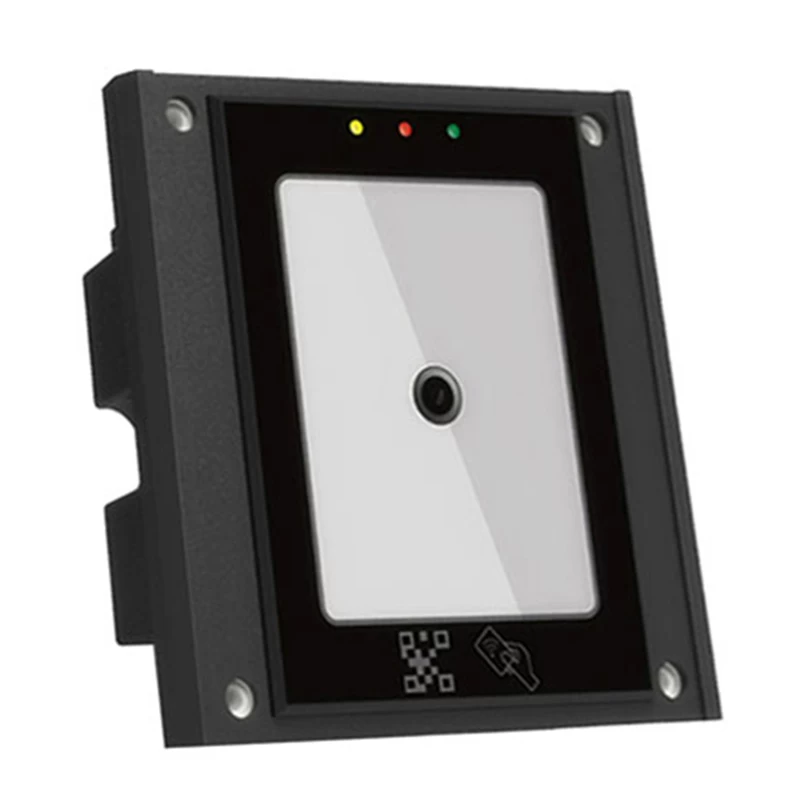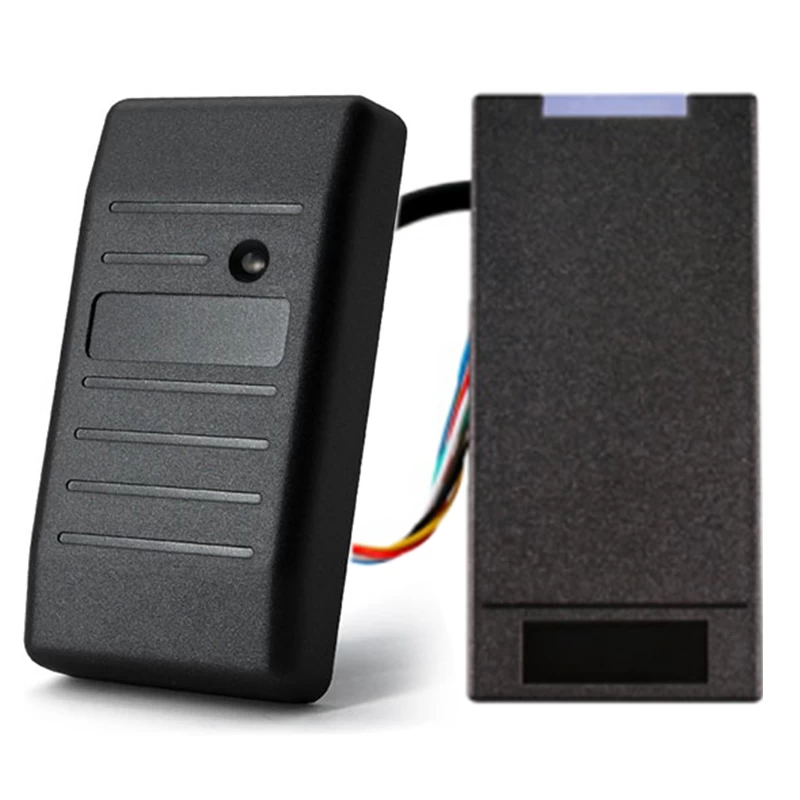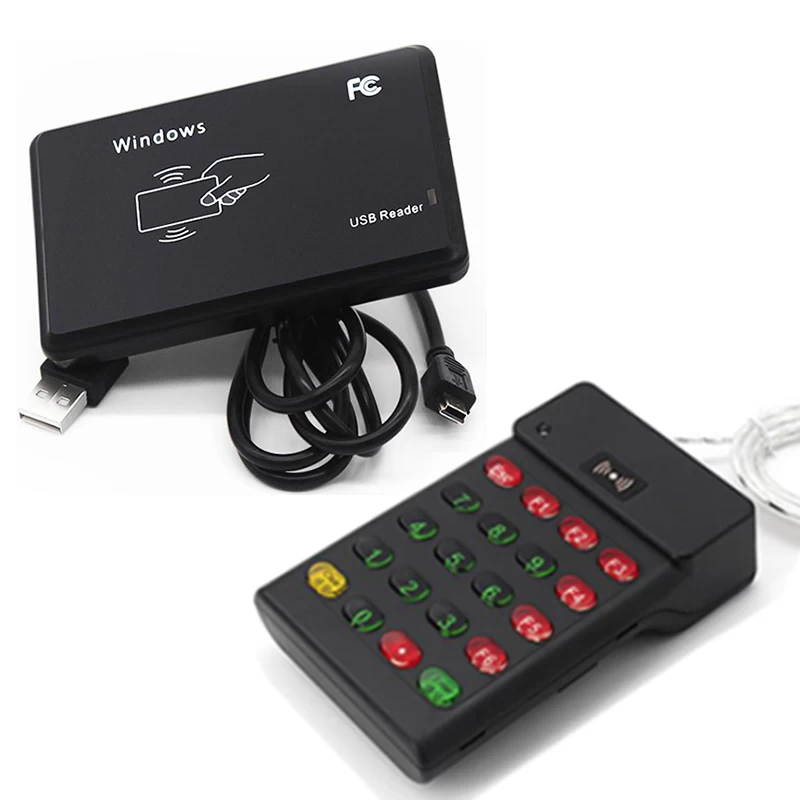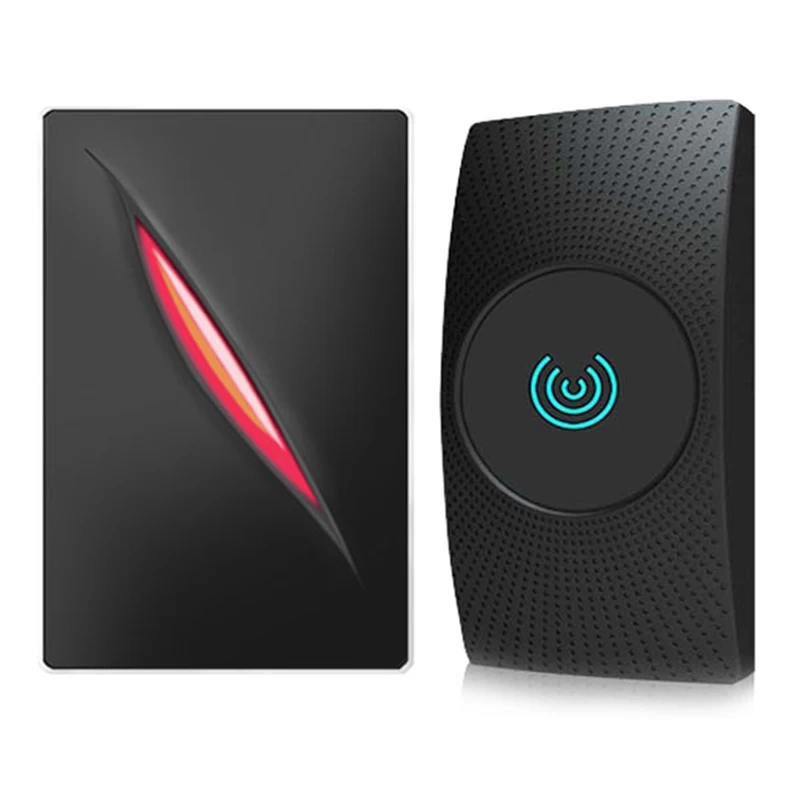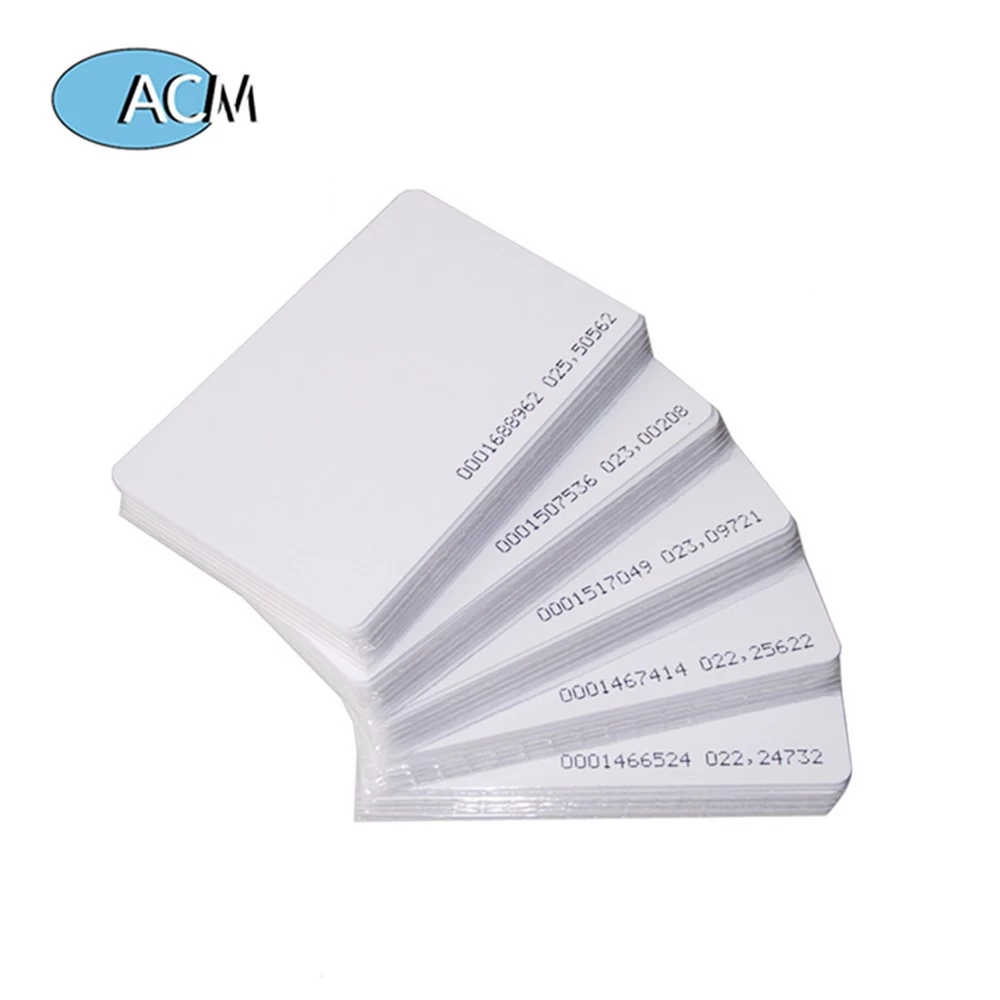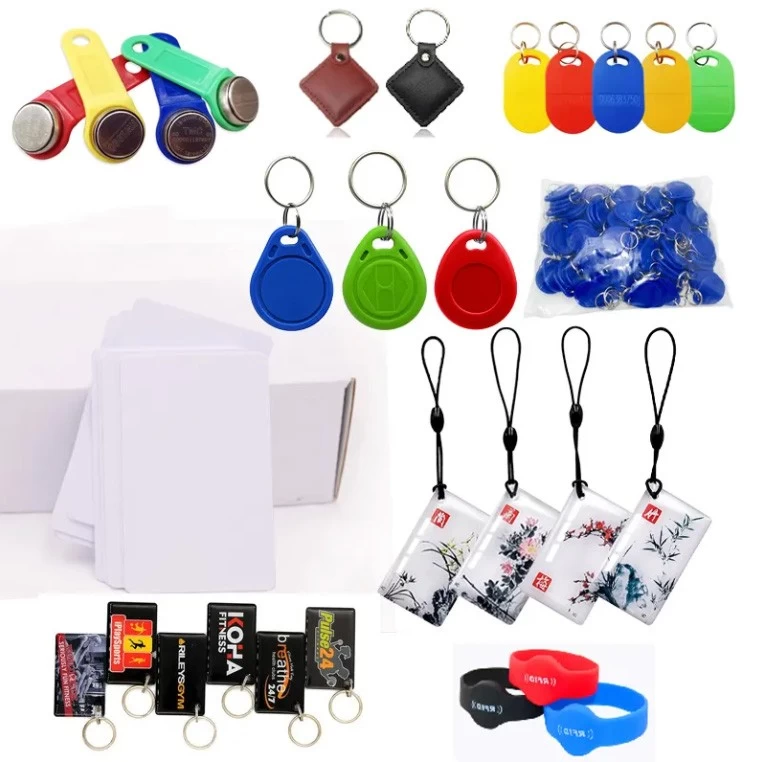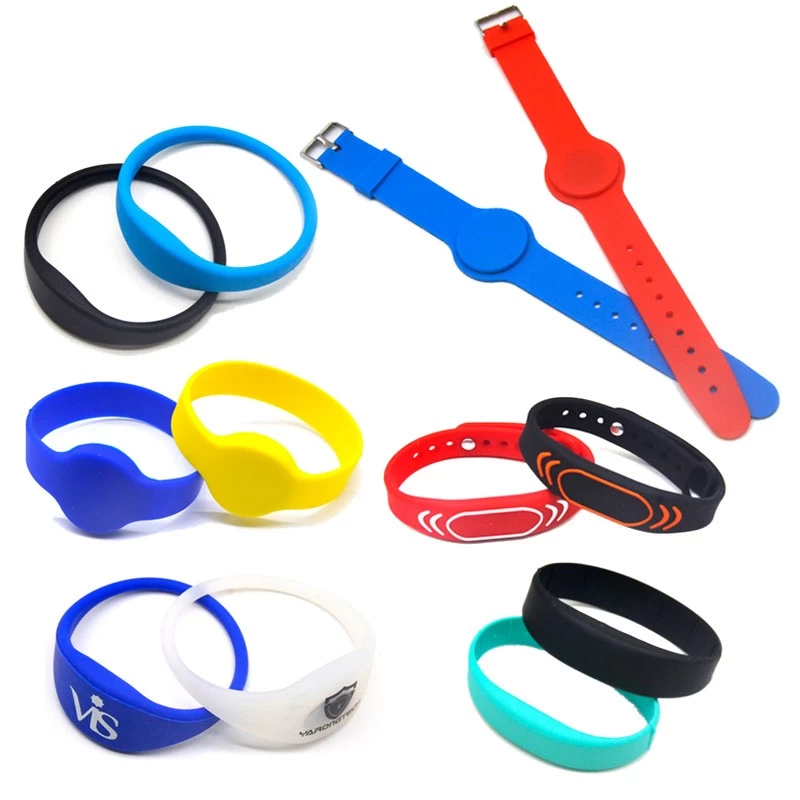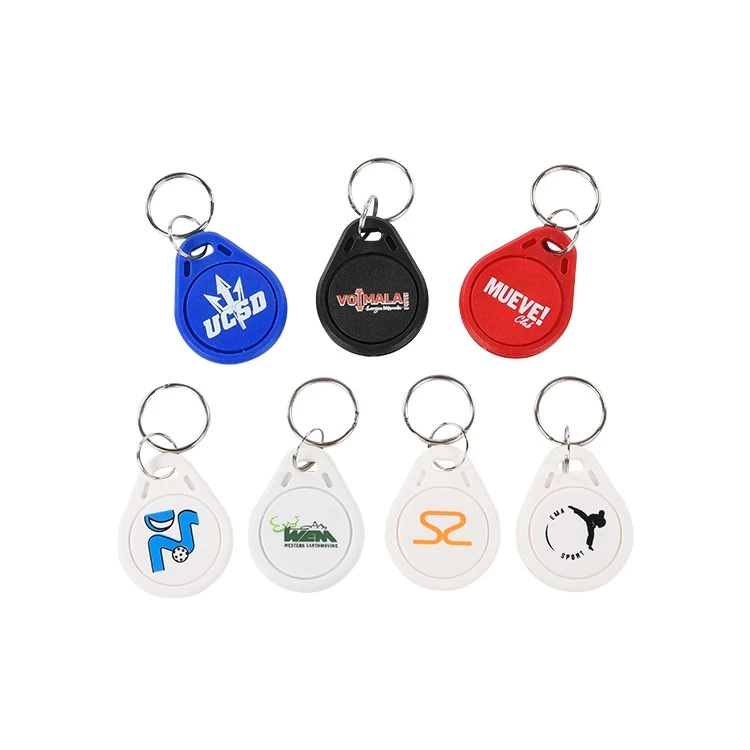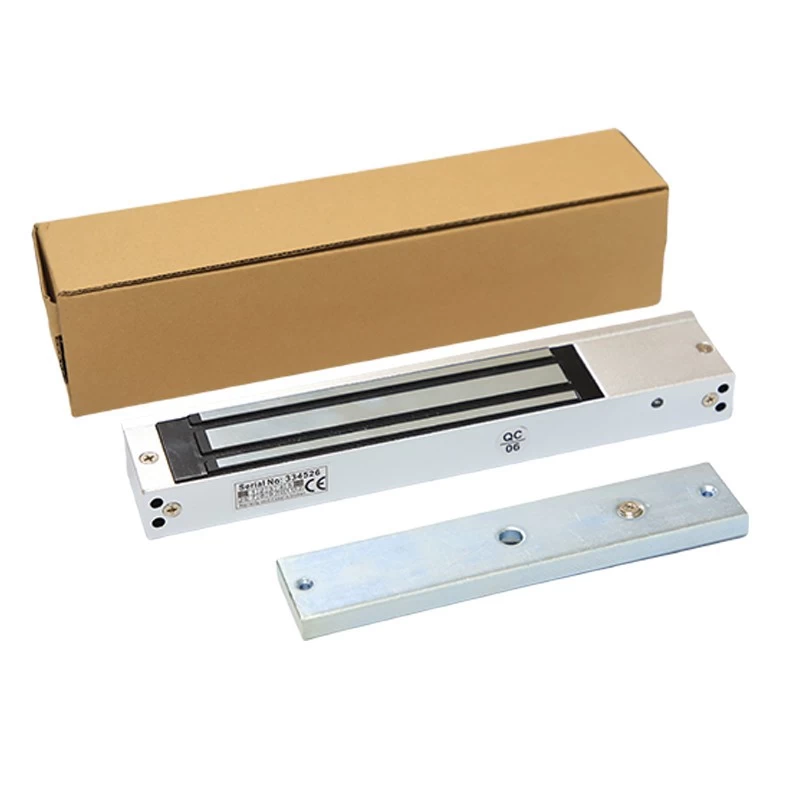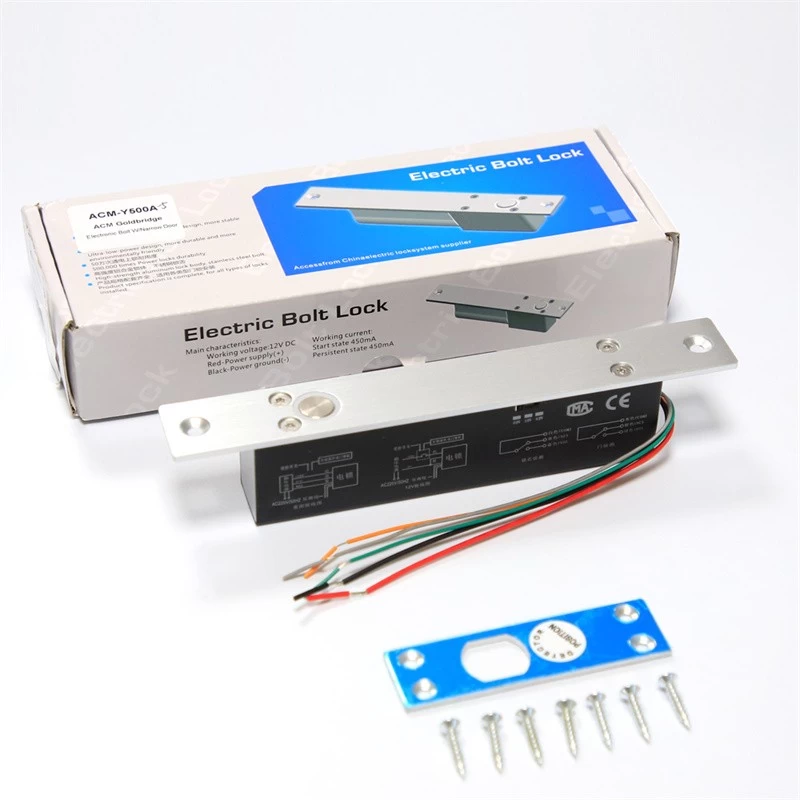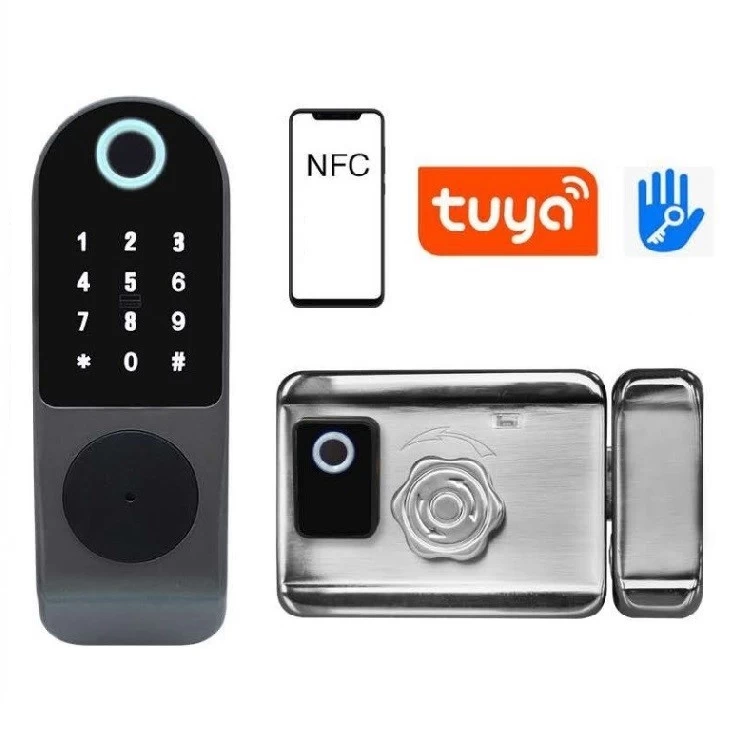NFC Mobile Payment: Revolutionizing Everyday Transactions
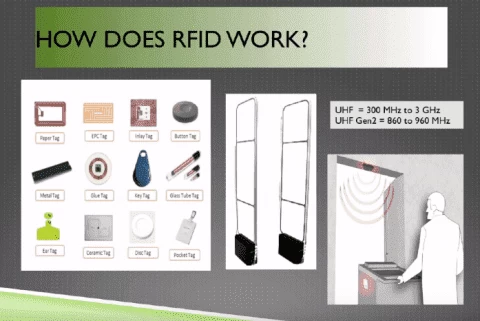
In today's fast-paced digital world, NFC (Near Field Communication) mobile payment has become an indispensable part of our daily lives. From grocery shopping to dining out, this contactless technology is transforming the way we make transactions, offering unparalleled convenience and security.
Convenience at Your Fingertips
Gone are the days of fumbling for cash or swiping credit cards. With NFC-enabled smartphones and wearables, consumers can now complete payments in seconds by simply tapping their devices at checkout terminals. Major platforms like Apple Pay, Google Pay, and Samsung Pay have integrated NFC technology, making it easier than ever to pay on the go.
Enhanced Security Features
Unlike traditional payment methods, NFC mobile payments use advanced encryption and tokenization to protect sensitive financial data. Each transaction generates a unique code, reducing the risk of fraud. Additionally, biometric authentication (such as fingerprint or facial recognition) adds an extra layer of security, ensuring peace of mind for users.
Growing Adoption Worldwide
The adoption of NFC mobile payments is skyrocketing globally. According to recent studies, over 50% of smartphone users have utilized contactless payments at least once, with numbers expected to rise as more retailers upgrade to NFC-compatible systems. Countries like China, the UK, and South Korea are leading the charge, with urban centers increasingly embracing cashless transactions.
Challenges and Future Prospects
Despite its benefits, challenges remain, including limited acceptance in rural areas and concerns over device compatibility. However, as technology advances and consumer trust grows, experts predict NFC payments will soon dominate the financial landscape, paving the way for a truly cashless society.
From coffee shops to subway stations, NFC mobile payment is not just a trend—it’s the future of everyday commerce. As more people embrace this innovation, the way we handle money will never be the same.


